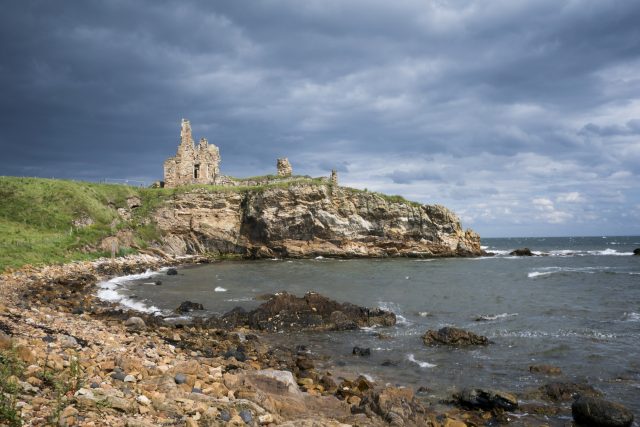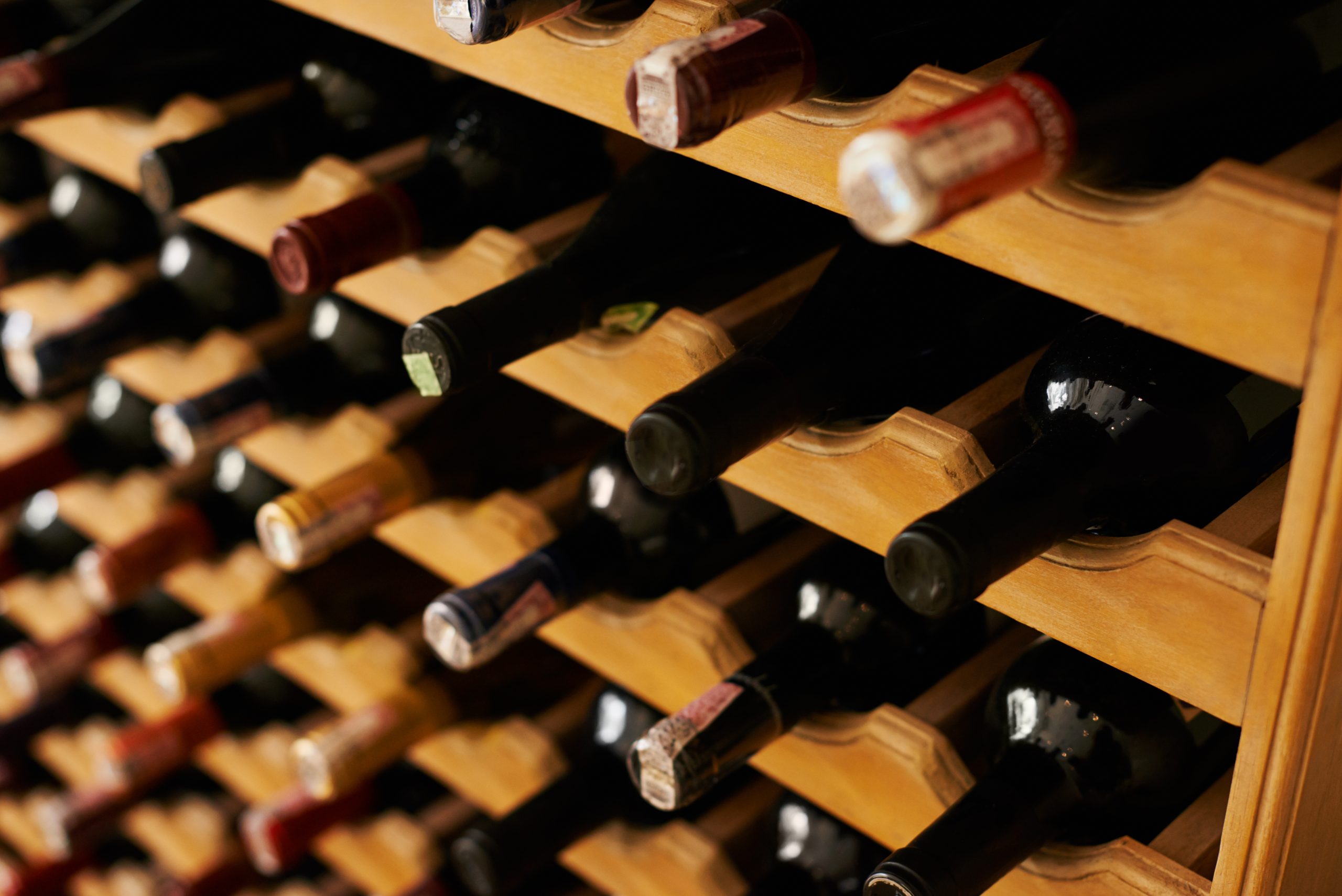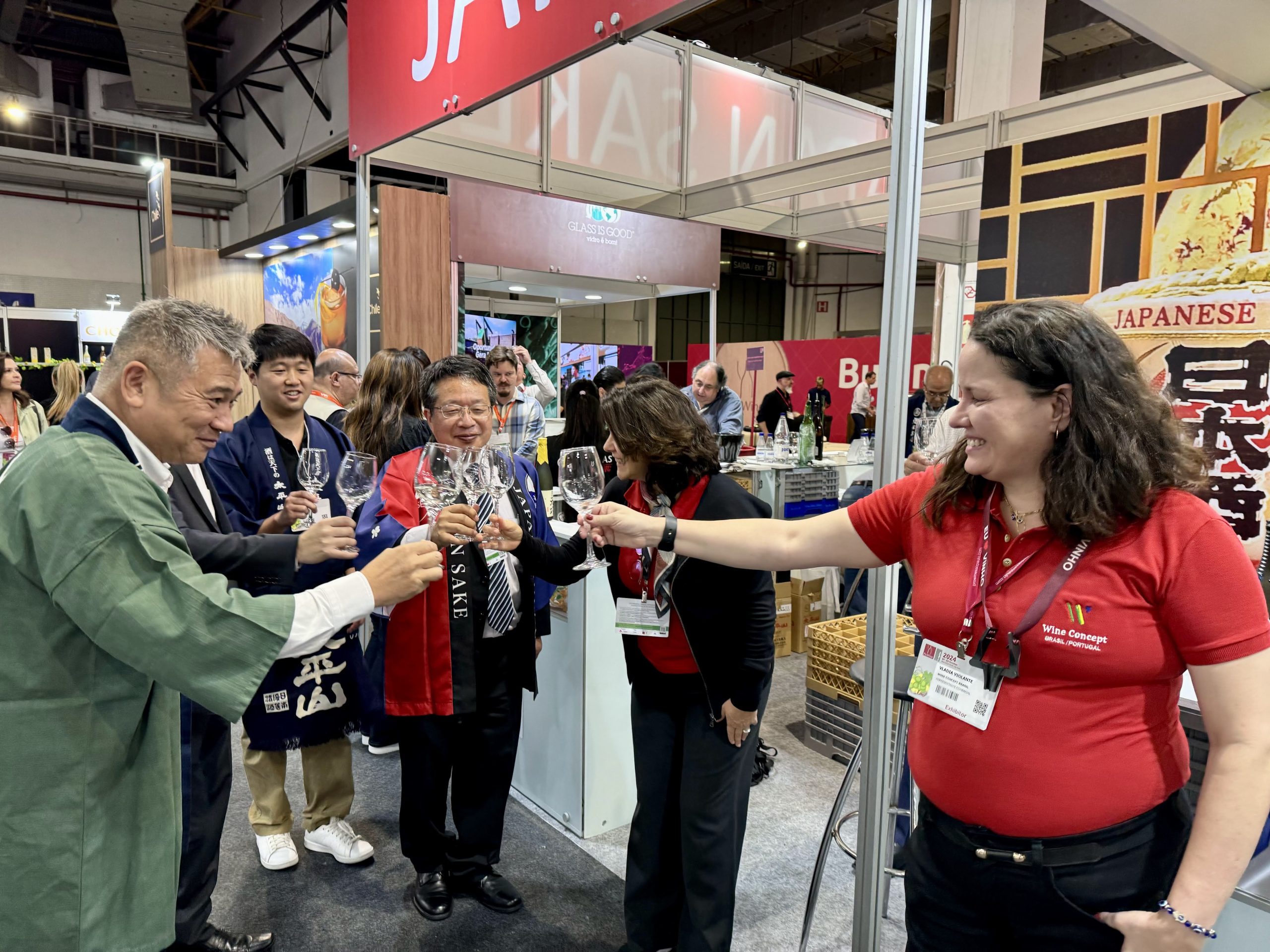Fife whisky trade lobbies SWA for official status
By Eloise FeildenFife whisky makers, local politicians and festival organisers have called on the Scotch Whisky Association (SWA) to recognise the area as an official Scotch Whisky Region.

Fife distilleries have joined forces with local politicians and the organisers of the Fife Whisky Festival to call for the area to be recognised as an official region of Scotch whisky production.
Scotland is home to 142 distilleries, all of which are organised into one of five traditional whisky regions: Highlands and Islands, Speyside, Islay, Lowlands and Campbeltown.
In a statement sent to db this morning, a spokesperson for the SWA explained: “It has long been customary to sell single malt Scotch whiskies accompanied by a locality or regional geographical name to indicate where they were distilled. To protect and promote these names, UK legislation – the Scotch Whisky Regulations 2009 – defines the five major traditional locality and regional geographical indications, which are ‘Highland’, ‘Lowland’, ‘Speyside’, ‘Islay’ and ‘Campbeltown’.
“’Campbeltown’, ‘Speyside’ and ‘Islay’ are also within the Highland region and distillers in these areas have a choice which descriptions to use. These regional names can be used to supplement the category descriptions used for Scotch whisky on labels, such as ‘Islay Single Malt Scotch Whisky’ if all the whisky was distilled there.”
Fife’s five distilleries currently fall in the Lowlands region, despite the county having more distilleries than the officially-recognised Campbeltown region, which has just three.
Whisky makers in the area claim that the official designation would increase tourism and sales, bringing millions to the Fife economy. The status would also protect the Fife whisky brand from overseas counterfeiters trying to trade on the name.
Partner Content
Justine Hazlehurst, co-director of the Fife Whisky Festival, told The Courier that becoming a region would protect the Fife brand.
“The reason these formalised regions were introduced was predominantly to protect the whisky producing areas and I think Fife would benefit from this,” she said. “I think Fife should now be afforded the same level of protection to ensure people on the other side of the world cannot trade on the name.”
William Wemyss, managing director of family-owned Kingsbarns Distillery, believes whisky producers should tread carefully if a new region is going to be introduced. He told The Courier: “I would like to see Fife become a region in its own right but I do not think there is a quick fix and it is something that would have to be done right.
He argued that Kingsbarn and the other four local distilleries would need to invest time and money to build the Fife name.
“The Fife name has to stand for something in the markets of the US, China and Taiwan like Speyside and Islay do,” he said. “It might mean something to local people but it has to also mean something overseas.”
However, the SWA noted that UK legislation, rather than the association itself, is responsible for the regional specifications. A spokesperson told db: “Although only the five traditional localities and regions are defined in the Scotch Whisky Regulations 2009, it is still permitted to use, in the same way, another Scottish locality or regional name as long as the Scotch whisky was entirely distilled in that place. ‘Fife Single Grain Scotch Whisky’ and ‘Orkney Blended Malt Whisky’ are examples of other names which could be used for whisky distilled in those places. These are not ‘SWA rules’ but UK legislation.”




